These Animal Superpowers Sound Completely Fake, but They’re 100% Real
The animal kingdom is full of creatures that could give any comic-book superhero a run for their money. This includes birds that copy construction sounds to amphibians that heal like Wolverine. Here are 15 animals whose unbelievable abilities prove that superpowers don’t only exist in the movies.
Salamander
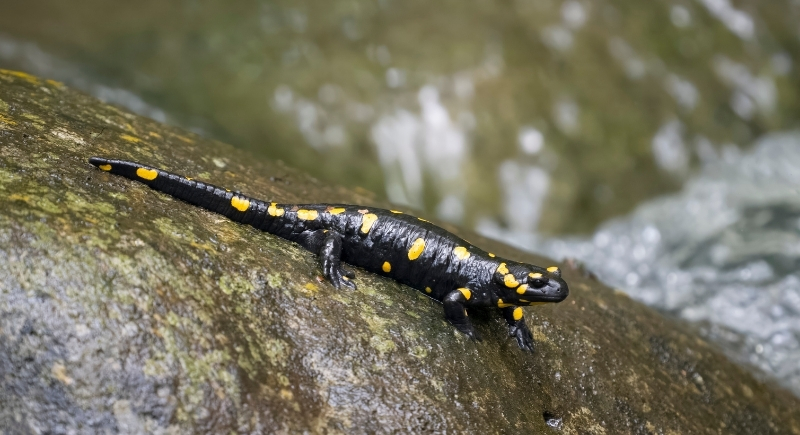
Credit: Getty Images
Lose a limb? No problem for the salamander. This amphibian can regrow legs, tails, eyes, and even parts of its heart or brain. Scientists studying axolotls, a Mexican salamander species, believe their incredible regeneration could someday help humans heal injuries faster.
Lyrebird
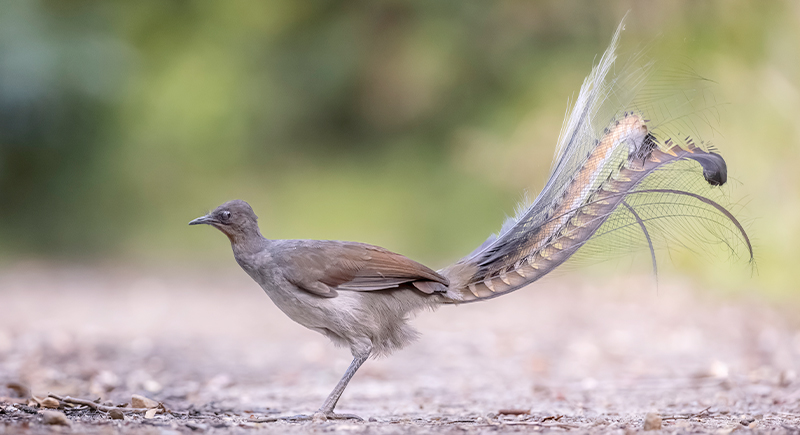
Credit: iStockphoto
In the Australian bush, the lyrebird has the ability to mimic chainsaws, car alarms, camera clicks, and other bird calls so accurately that it can fool people and wildlife alike. Males use these sounds to attract mates.
Electric Eel
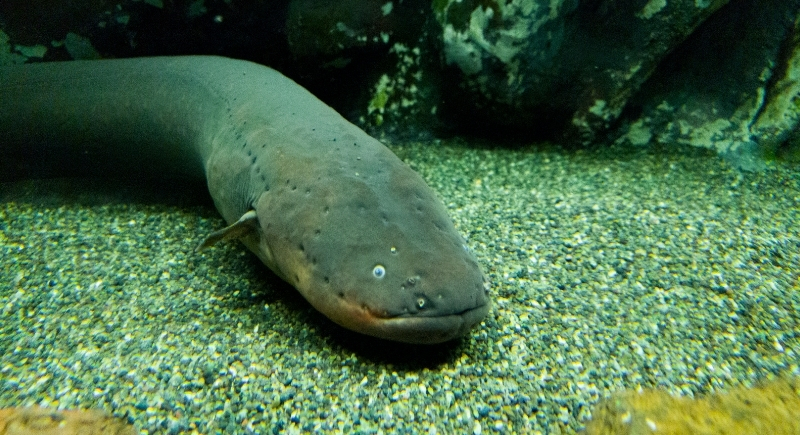
Credit: Getty Images
Deep in South American rivers, the electric eel powers itself with shock value. It generates up to 600 volts, which is strong enough to knock down small animals or light up a bulb. The eel’s body is packed with electrocytes, cells that act like living batteries. Scientists studying its electric output are using it to inspire new energy-harvesting technologies.
Cuttlefish
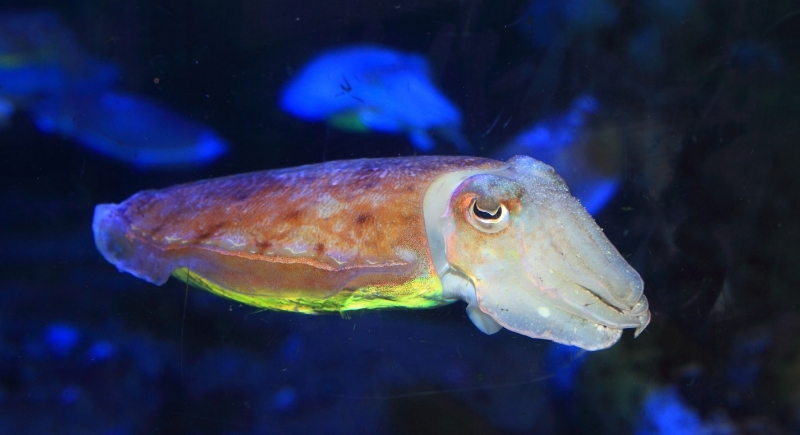
Credit: Getty Images
A cuttlefish can vanish into its surroundings. In seconds, it alters color, pattern, and even texture to match coral reefs, rocks, or seaweed. Its skin contains tiny pigment sacs called chromatophores that expand and contract like pixels on a screen. The reflective cells turn it into a living light show.
Tardigrade
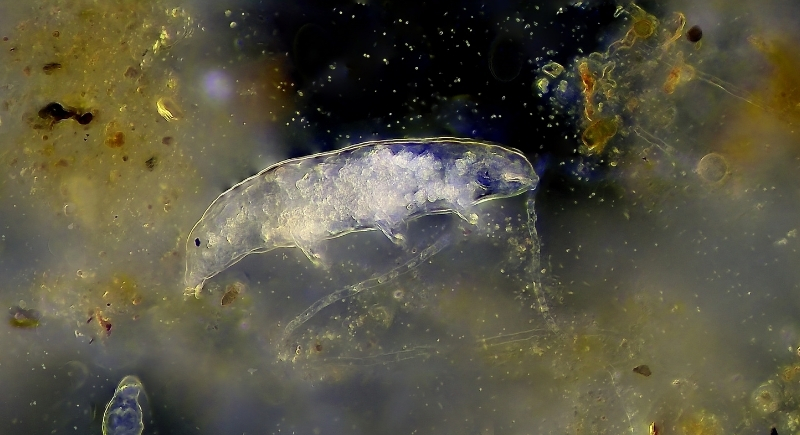
Credit: Getty Images
Even though they’re smaller than dust, tardigrades can handle the impossible. They survive boiling heat, freezing cold, radiation, and even space vacuum. When conditions turn hostile, they dehydrate into a dormant state called a tun, waiting decades for water to return. Once revived, they just carry on living.
Alpine Ibex
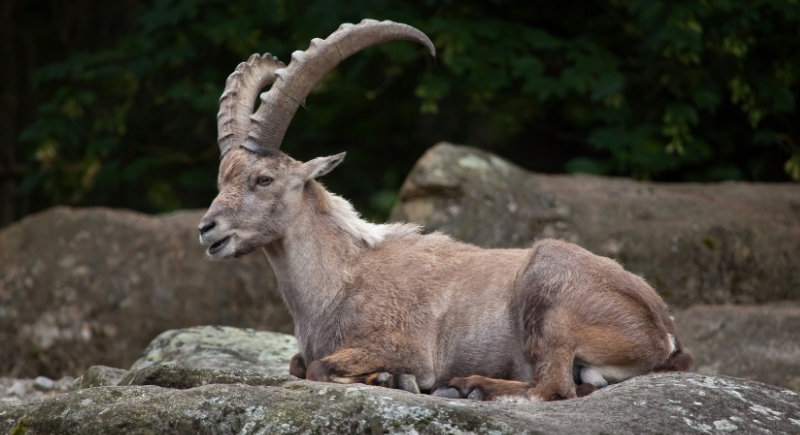
Credit: Getty Images
While most animals avoid cliffs, the alpine ibex scales them like a natural rock climber. These mountain goats cling to dam walls and steep slopes that seem impossible to navigate. Their split hooves and rubbery soles give unmatched grip so they can chase minerals in the most dangerous places.
Pit Viper
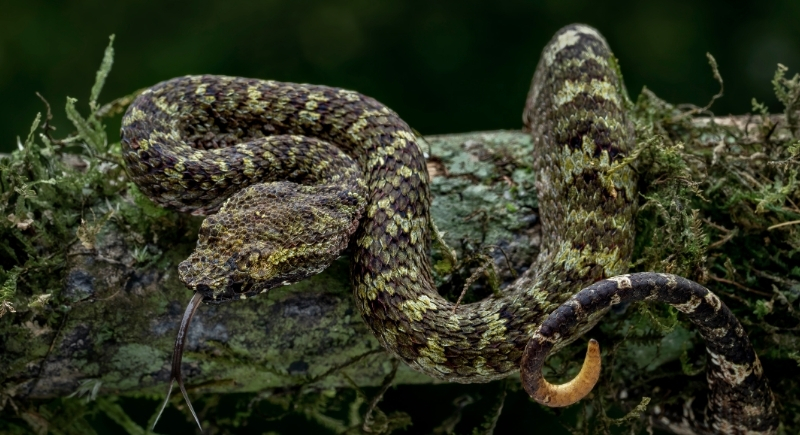
Credit: Getty Images
For pit vipers, darkness is an advantage. Heat-sensing pits on their faces allow them to detect warm-blooded prey even on moonless nights. These infrared detectors are so precise that snakes can “see” the shape of a mouse purely by its heat.
Sea Cucumber

Credit: Getty Images
When a predator gets too close, the sea cucumber throws its organs out. Literally. Sticky intestines shoot from its body, tangling attackers while releasing toxins. The organs grow back within weeks. It’s gruesome but smart.
Archerfish
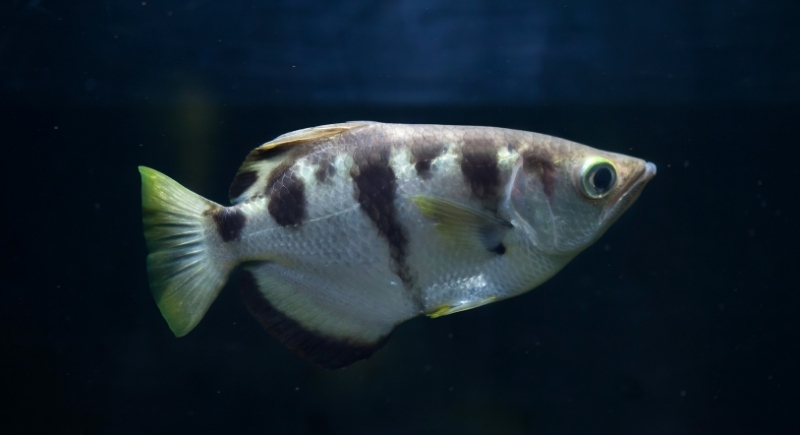
Credit: Getty Images
Some fish chase prey, but the archerfish shoots it down. By pressing its tongue against the roof of its mouth, it fires a jet of water strong enough to knock insects off branches. It even accounts for light refraction when aiming.
Naked Mole Rat
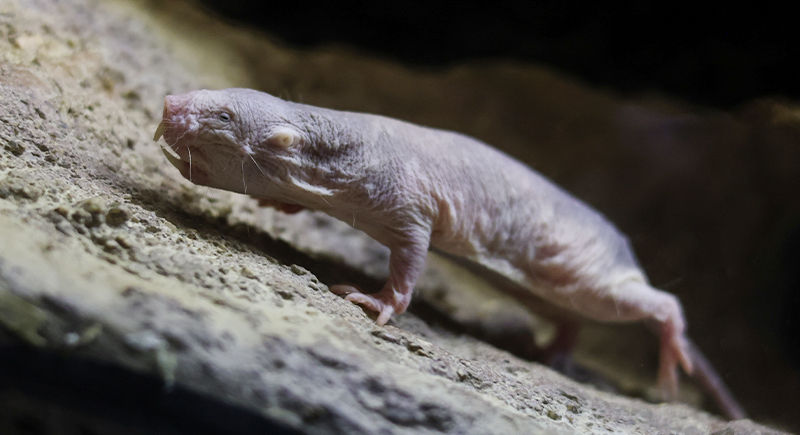
Credit: iStockphoto
Wrinkled, hairless, and oddly endearing, naked mole rats live decades longer than most rodents. They resist cancer, shrug off low oxygen, and barely show signs of aging. Their underground colonies run like tiny cities with a queen and workers.
Peregrine Falcon
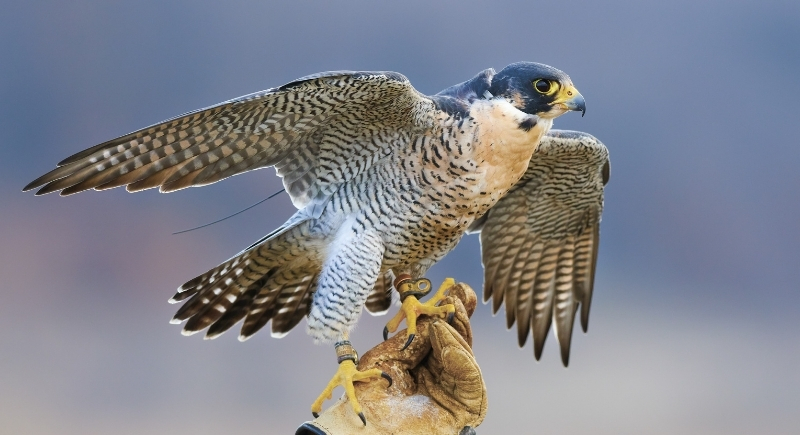
Credit: Getty Images
No creature moves faster than a diving peregrine falcon. It plummets through the air at more than 240 miles per hour to strike unsuspecting prey midflight. Its aerodynamic feathers and a streamlined body make it the jet fighter of birds.
Reindeer

Credit: pexels
When everything’s white, the reindeer still sees clearly. Its eyes detect ultraviolet light and let it spot predators and food invisible to humans. Lichens, its main winter meal, absorb UV light and appear dark against the snow, while wolves glow bright. This adaptation helps them survive endless Arctic winters.
Bombardier Beetle

Credit: Getty Images
This beetle carries a built-in chemical cannon. When threatened, it mixes two liquids in its abdomen to create a boiling spray that shoots at predators. The blast reaches about 212 degrees Fahrenheit, enough to make attackers rethink their choices.
Hummingbird

Credit: Getty Images
Hummingbirds are nature’s hovering machines. Their wings beat up to 80 times a second, which allows them to hover, reverse, and zip in any direction. Relative to their size, they’re among the fastest animals on Earth. To fuel their constant motion, they consume roughly twice their body weight in nectar daily.
Horned Lizard
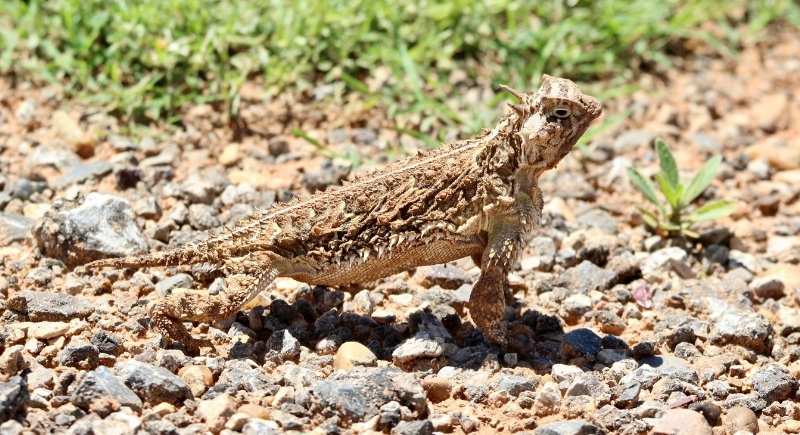
Credit: Getty Images
When threatened, the horned lizard squirts blood from its eyes. The stream confuses and repels predators, which gives the lizard time to escape. The blood even contains foul-tasting chemicals that discourage repeat attacks. It’s bizarre, but in the desert, that’s all the advantage it needs.